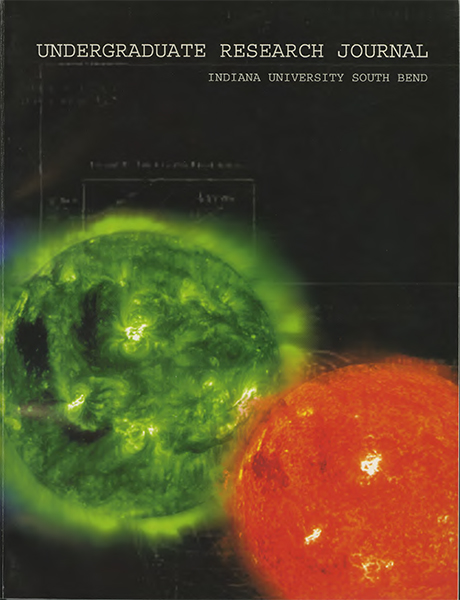The Effects of Similarity on Altruism and its Relationship to Predicted versus Actual Helping Behavior
Main Article Content
Abstract
This study consisted of two experiments that were conducted in order to determine whether similarity affects an individual's decision to help someone in need. Students from two college campuses in the same city served as participants for both experiments. The first experiment consisted of a questionnaire that asked students to predict their helping behavior while the second experiment involved a field experiment that examined actual helping behavior. Both experiments involved a situation where participants found a letter that needed to be mailed from either the participant's school or from another school. It was predicted that similarity would increase altruism and that a higher level of helping would result from the hypothetical situation than from the actual one. However, the results failed to support the hypotheses. Cultures and societies across the world value altruism, or helping behavior. People generally view altruism as a moral obligation to family members and to society. Whether helping involves holding a door open for someone, picking up something a person has dropped, or doing a favor for a friend, one can identify these simple altruistic occurrences quite often. This study examines one reason why people may help others in need. Over the past several decades, psychologists have studied the reasons why a person provides help to someone in need. These reasons range from differences in mood states (e.g., Kerber, 1984; Schroeder, Penner, Dovidio, & Piliavin, 1995; Weiss, Buchanan, Altstatt, & Lombardo, 1971) to situational factors (e.g., Darley & Batson, 1973; Kerber, 1984). For example, in Darley and Batson's (1973) study of time as a situational factor, they found that subjects pressed for time were less helpful than those not pressed for time. Similarity is another situational factor that affects helping behavior. A perception of similarity to the person in need increases the would-be helper's desire to intercede. Perceptions of similarity include salient characteristics such as race, gender, or the school that one attends. When two people share one or more of these traits, a common bond between the two people can form because they can establish a common ground through which they relate to one another. As stated in Cialdini, Brown, Lewis, Luce, & Neuberg (1997), it is this commonality that leads to subsequent helping behavior. The more people have in common, the stronger the initial bond between two people. These similarities
Downloads
Download data is not yet available.
Article Details
Section
Articles
IUSB Student Journal Copyright Agreement
☐ I declare that this submission is my original work, and that it does not, to the best of my knowledge, infringe upon anyone's copyright.
☐ I agree that that [the journal] may, without changing the content, translate the submission to any medium or format for the purpose of preservation.
☐ The Undergraduate Research Journal may keep copies of my submission, and to translate it to any medium for future reproduction and distribution. I understand that I have the right to request that my submission be removed from IUSB online sources at any time by emailing Stephen Finlay, IUSB ScholarWorks administrator, at scfinlay@iusb.edu. Once I have made the request, the item in question will be taken down immediately.
